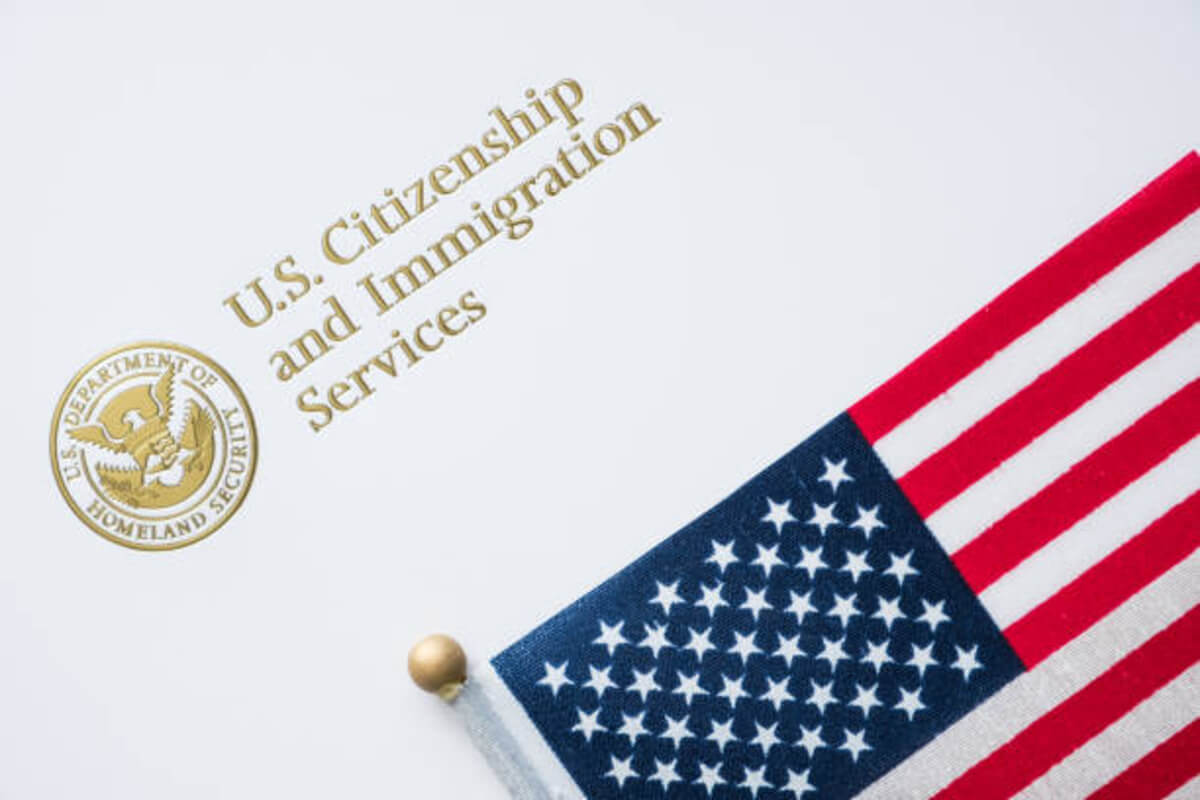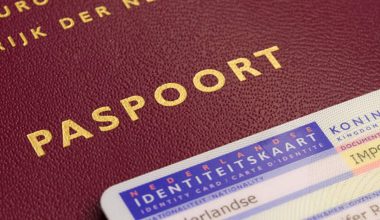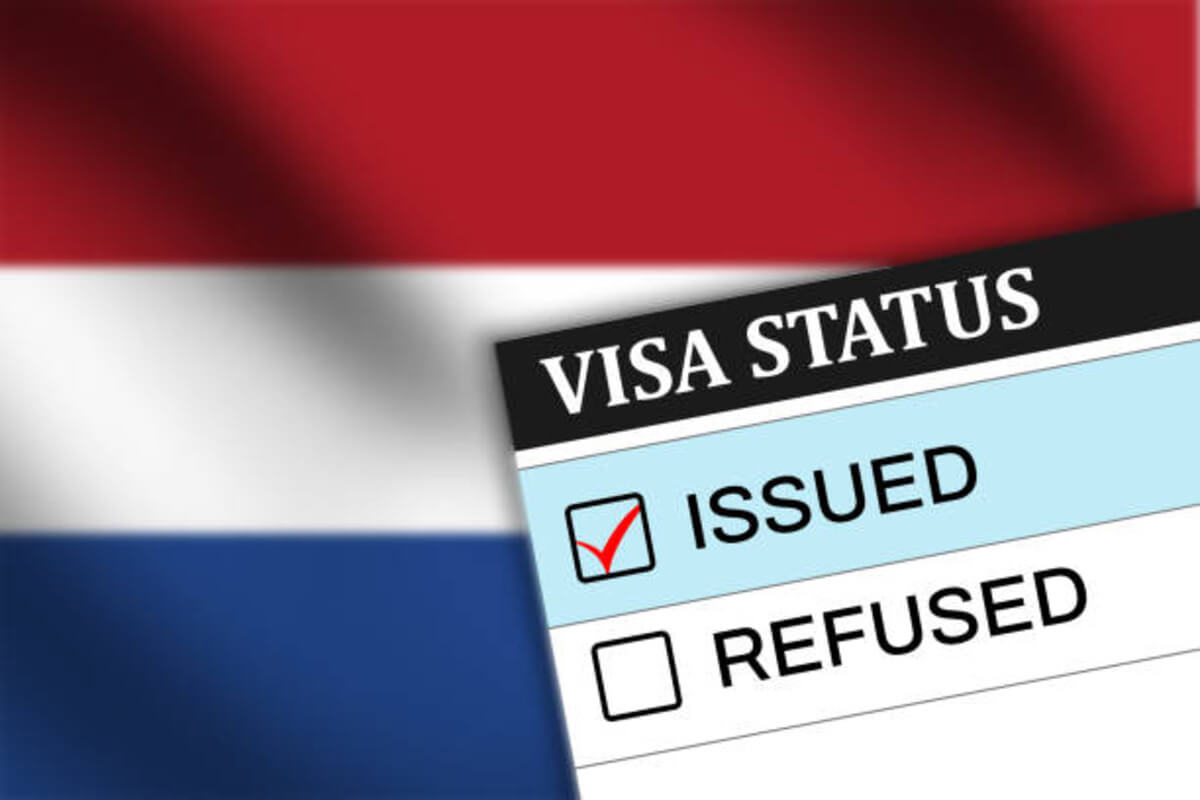The Australian economy has long been reliant on highly qualified immigrants, attracted by the country’s diverse cultures, scenic landscapes, and high quality of life. Australia actively searches for skilled workers to fill various roles across a range of industries, which contributes to the development of the economy. We’ve gathered information for skilled professionals looking to work in Australia, including job opportunities, visa options, and application procedures.
Why work in Australia?
1. A high demand for skilled workers is created by Australia’s robust economy and aging population, as well as industries like healthcare, engineering, information technology, construction, and education. The demand for qualified immigrants ensures a steady stream of employment.
2. Employee Benefits – Australian employers offer competitive salaries and benefits, including healthcare and superannuation. A fair work law ensures that workers are treated fairly and are compensated fairly.
3. An excellent healthcare system, a world-class education system, and a high standard of living distinguish Australia from other countries. Sydney, Melbourne, and Brisbane consistently rank as some of the most livable cities in the world, offering a good balance between work and pleasure.
Visa options for skilled immigrants
Skilled workers in Australia have several visa options, each of which has specific eligibility requirements. Visas can be obtained in a variety of ways, including:
1. Exceptional Skilled Independent Visa (subclass 189) Exceptional skilled workers do not require employer sponsorship or state nomination to obtain this visa.
If you meet the points test requirement and receive an invitation to apply, then you may qualify for the program.
2. Australian state or territory government nominated skilled nominated visas (Subclass 190). To qualify for this program, applicants must be employed in an occupation on the qualified occupation list of their state or territory. It is necessary for them to pass the points test and receive an invitation to apply.
3. Sponsorship Scheme (Subclass 186) Through this visa, employers can nominate skilled workers to work in Australia. The program consists of three streams: Temporary Residence Transition, Direct Entry, and Labour Agreement. Eligibility requirements vary by stream.
4. Skill Shortage Visa (Subclass 482) With this visa, employers can bring in foreign workers for temporary periods to address labor shortages.
There are three streams: short-term, medium-term, and labour agreement streams. As far as eligibility criteria and the duration of stay are concerned, each stream is different.
How to Apply for Jobs in Australia
1. Find out what job opportunities are available in your field of interest. You can find job listings online through job portals like Seek, Indeed, and LinkedIn. You can also search job boards for openings specific to your industry and company websites.
2. Prepare your resume and cover letter Australian resumes typically include personal information, a summary of your professional experience, key skills, and work history, as well as education and references. It is important to customize your resume and cover letter so that you highlight your relevant experiences and skills that match the job description.
3. Use the employer’s preferred method of submitting applications, which is generally an online application portal. Provide all requested documents and follow all instructions.
4. Australian job seekers need to be able to network effectively. Make use of LinkedIn to connect with industry professionals, attend industry events, and join professional associations. Discovering job opportunities and gaining valuable insights into the job market can be achieved through networking.
5. Interview Preparation You may be invited to an interview if your application is successful. Make sure you research the company, practice common interview questions, and demonstrate your knowledge and skills.





